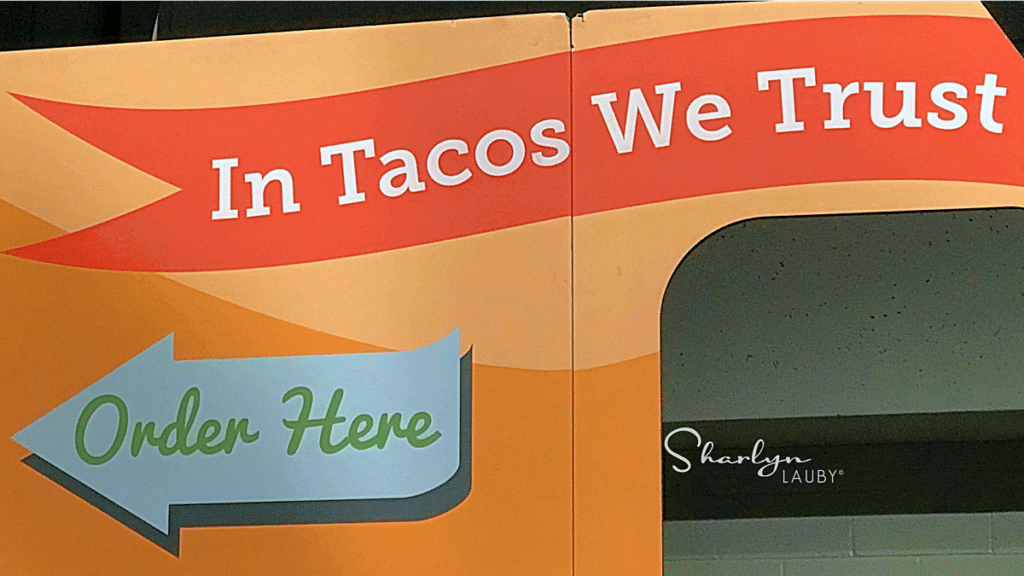Employment Brand: 6 Things to Consider

If you didn’t know, HR Bartender runs on a WordPress platform. The reason I’m sharing this is because every year, Mr. Bartender and I go to an event called WordCamp. It’s an educational forum for WordPress users by WordPress users. One of the things I like about WordCamp is it provides an opportunity to hear how people outside of HR think about blogging and some of the creative things they’re doing with their blogs.
Last year’s event was extra interesting because it was our first trip to WordCamp Orlando. In the past, we’ve always attended WordCamp Miami. It’s good to change things up a bit.
During the event, I had the opportunity to hear Sam, a multi-media designer talk about branding. Of course, she was speaking in reference to branding your website or blog, but I thought her comments applied to the conversation we have about employment branding.
When it comes to developing your employment brand, here are my six takeaways from her session:
- Determine your brand value. When it comes to identifying your brand, it’s not about being unique. There are lots of companies that do the same thing you do. I learned this in the hotel industry. All hotels have places to sleep. It’s about creating a well-defined value proposition. I must say that I was glad to hear this because I do believe more organizations need to look at their employee value proposition (EVP) when defining their brand.
- Establish your “voice”.The term voice is often used to refer to your tone. Writers have a voice. Sam encouraged attendees to think of your voice as your beliefs. From an organizational perspective, this could be your values. When you think about your employment brand, what are those things that you will use to connect with your audience?
- Create a personality. If the company’s voice is their beliefs, then “personality” is how your voice is conveyed. When it comes to employment branding, the goal is to make the company relatable and authentic. That will make the company’s job openings attractive to candidates because people want to work for companies they can relate with.
- Have a visual identity. Unfortunately, this is often the first thing that companies think about when we talk branding: logos and colors. While having attractive visuals is important, it’s equally important to align the visual elements with the company’s brand value (#1). When a candidate can see your logo and feel the company’s personality without reading a line of copy, then you’ve succeeded.
- Make a style guide. Once you spent all of this energy creating a look and a voice, now you have to make sure that everyone follows it. Even with a defined employment brand, consistency is the hard part. Hopefully, you don’t have any turnover, but if you do, the brand doesn’t suffer. The guide should include words to use and avoid, fonts and colors, trademarks, and images both in terms of lighting and composition.
- Review and update regularly. Brands change because brand values change. And that’s a good thing. It’s important to regularly look at our employment brand and decide if it needs some tweaking. This could also be economically advantageous as well. Instead of ignoring the brand then doing a major brand relaunch, consider making smaller tweaks along the way.
Sometimes it’s helpful to listen to people outside of your industry. Because they might offer some ideas you hadn’t considered before. And they might even confirm what you already knew.
Now more than ever, a good employment brand is important. Candidates are looking at your brand and deciding if they want to answer your job openings. Having a stale or outdated brand will keep the organization from attracting talent.
Image captured by Sharlyn Lauby after the WorkHuman Conference in Austin, TX
12